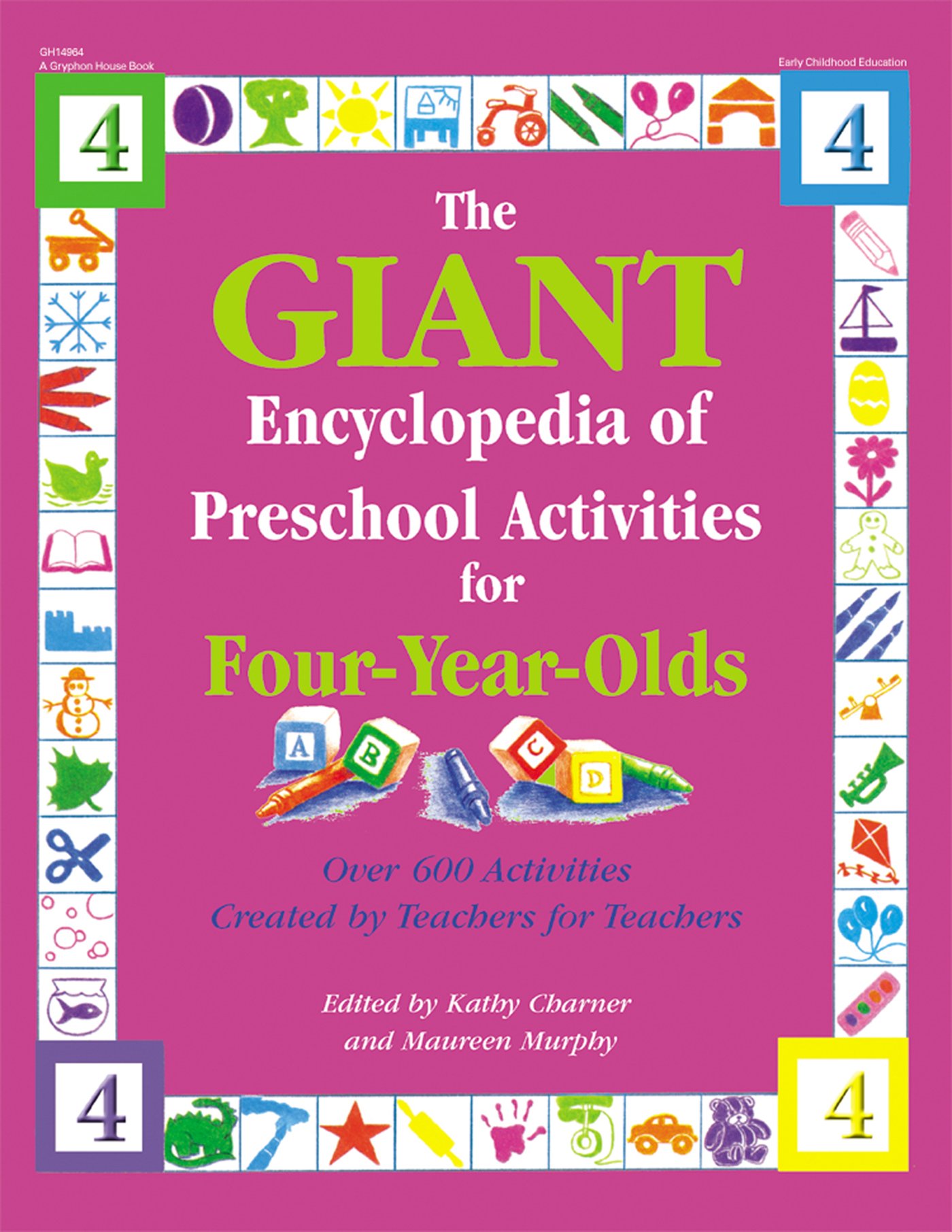Materials
Gray construction paper
Scissors
Markers
Laminate or clear contact paper
Masking tape, optional
Music of your choice
Instructions
1. Physical Development
Four-year-olds need pressure-free experiences and room to move both indoors
and out. At this stage of the children's development, their large muscles are more
developed than their small ones. Keep projects using clay, paint, and glue simple
and open-ended. Balance activities that allow the children to move about freely
with quiet times. Children need to run, climb, swing, gallop, and engage in large
muscle activities. Keep in mind that even though four-year-olds are energetic,
they tire easily.
2. Language Development
Four-year-olds are constantly developing their receptive language; however, their
rates of language acquisition and usage vary widely. Give oral directions one step
at a time. Ask the children to repeat directions or tell a friend what the directions
are before they act. Wait until the children follow one direction before giving
another. Four-year-olds love to talk so give them plenty of opportunities to use
their increasing vocabulary. Often, they would rather talk than complete an
activity, and they need environments that allow them to do so.
3. Emotional Development
"Show off" is a descriptive word often used to describe a four-year-old. Give the
children opportunities to express their ideas through clay, paint, music, rhythms,
games, and drama. Such activities should allow the children to be able to move
from one to another when their interest wanes. Four-year-olds are still at the center
of their own worlds, but they are also beginning to reach out to others for
friendships. They are beginning to be able to play simple games, and care
providers should encourage them to take turns. Each child needs a turn and you
should give each child the opportunity to be the occasional center of attention.
Show affection to all children at this age. Keep in mind that outbursts of anger
are easily forgotten, as children this age see life from moment to moment.
4. Social Development
Group activities are fine with children of this age, but they should be interspersed
with opportunities for children to play by themselves. Often, four-year-olds
engage in "parallel playing," which is when children appear to be interacting
together but are actually playing by themselves close to the others in the group.
Four-year-olds are eager to please, yet changeable. They can be peaceful and
cooperative one minute and aggressive and fault-finding the next. Sharing and
taking turns are lessons to be learned at this age, and four-year-olds understand
rules and consequences. Respect for others' feelings, courtesy, and responsibility
are traits that you can teach and model to four-year-olds. Reality and fantasy are
both meaningful to a four-year-old; most do not always differentiate between the
two. Children need guidance in identifying what is real and what is imaginary.
5. Intellectual Development
Provide four-year-olds with multi-sensory modes of learning. They have a natural
curiosity about the world around them, and they need ample opportunities to
explore. "Hands-on" experiences help the children explore and find information.
Surround the children with an "information bath," such as books, pictures, and
manipulatives that give them the opportunity to investigate. Keep in mind that
four-year-olds have an attention span of ten to fifteen minutes. Therefore, activities
should let the children feel success in a short amount of time. Children of this
age are constantly absorbing language and information. Talking helps the children
understand the meaning of words, so allow them to talk frequently. Dramatic
play areas, music, construction materials, paint, water, sand, and science experiments
are examples of open-ended learning centers to make available for fouryear-
olds.
